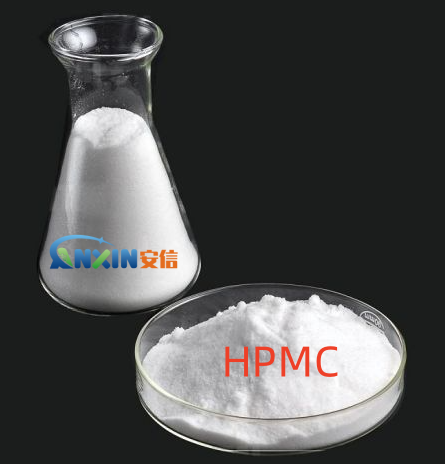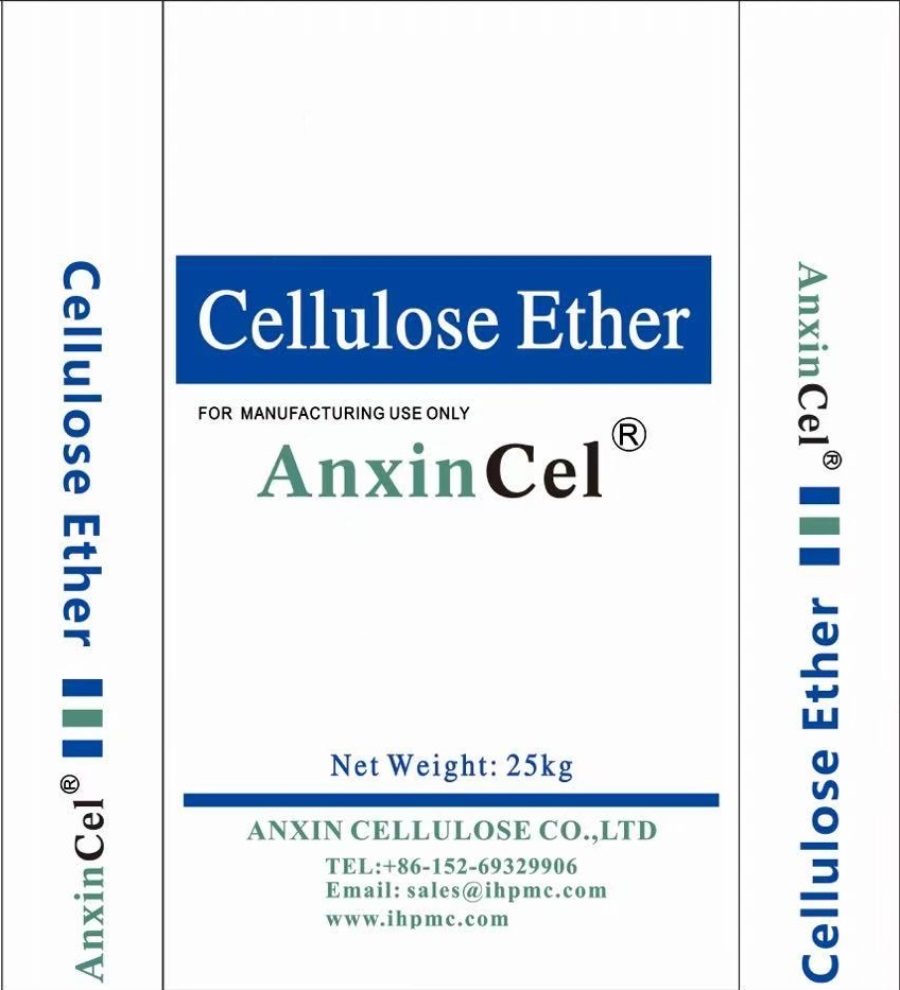Temperature technology of hydroxypropyl methylcellulose (HPMC)
Hydroxypropyl Methyl Cellulose (HPMC) is a non-ionic cellulose ether widely used in construction, medicine, food, coatings and other industries. Its unique physical and chemical properties give it excellent stability and functional performance in high temperature environments. With the growing demand for high temperature applications, the high temperature resistance and modification technology of HPMC have gradually become a research hotspot.
1. Basic properties of HPMC
HPMC has good water solubility, thickening, film-forming, emulsifying, stability and biocompatibility. Under high temperature conditions, the solubility, gelation behavior and rheological properties of HPMC will be affected, so the optimization of high temperature technology is particularly important for its application.
2. Main characteristics of HPMC under high temperature environment
Thermal gelation
HPMC exhibits a unique thermal gelation phenomenon in high temperature environments. When the temperature rises to a certain range, the viscosity of the HPMC solution will decrease and gelation will occur at a certain temperature. This feature is particularly important in building materials (such as cement mortar, self-leveling mortar) and the food industry. For example, in high temperature environments, HPMC can provide better water retention and restore fluidity after cooling.
High temperature stability
HPMC has good thermal stability and is not easy to decompose or denature at high temperatures. Generally speaking, its thermal stability is related to the degree of substitution and degree of polymerization. Through specific chemical modification or formulation optimization, its heat resistance can be improved so that it can still maintain good rheological properties and functionality in high temperature environments.
Salt resistance and alkali resistance
In high temperature environments, HPMC has good tolerance to acids, alkalis and electrolytes, especially strong alkali resistance, which enables it to effectively improve construction performance in cement-based materials and remain stable during long-term use.
Water retention
HPMC’s high temperature water retention is an important feature for its wide application in the construction industry. In high temperature or dry environments, HPMC can effectively reduce water evaporation, delay cement hydration reaction, and improve construction operability, thereby reducing the generation of cracks and improving the quality of the final product.
Surface activity and dispersibility
Under high temperature environment, HPMC can still maintain good emulsification and dispersibility, stabilize the system, and be widely used in coatings, paints, building materials, food and other fields.
3. HPMC high temperature modification technology
In response to high temperature application needs, researchers and enterprises have developed a variety of HPMC modification technologies to improve its heat resistance and functional stability. Mainly including:
Increasing the degree of substitution
The degree of substitution (DS) and molar substitution (MS) of HPMC have a significant effect on its heat resistance. By increasing the degree of substitution of hydroxypropyl or methoxy, its thermal gelation temperature can be effectively reduced and its high temperature stability can be improved.
Copolymerization modification
Copolymerization with other polymers, such as compounding or blending with polyvinyl alcohol (PVA), polyacrylic acid (PAA), etc., can improve the heat resistance of HPMC and keep good functional properties under high temperature environment.
Cross-linking modification
The thermal stability of HPMC can be improved by chemical cross-linking or physical cross-linking, making its performance more stable under high temperature conditions. For example, the use of silicone or polyurethane modification can improve the heat resistance and mechanical strength of HPMC.
Nanocomposite modification
In recent years, the addition of nanomaterials, such as nano-silicon dioxide (SiO₂) and nano-cellulose, can effectively enhance the heat resistance and mechanical properties of HPMC, so that it can still maintain good rheological properties under high temperature environment.
4. HPMC high temperature application field
Building materials
In building materials such as dry mortar, tile adhesive, putty powder, and exterior wall insulation system, HPMC can effectively improve the construction performance under high temperature environment, reduce cracking, and improve water retention.
Food industry
As a food additive, HPMC can be used in high-temperature baked foods to improve the water retention and structural stability of foods, reduce water loss, and improve taste.
Medical field
In the pharmaceutical industry, HPMC is used as a tablet coating and sustained-release material to improve the thermal stability of drugs, delay drug release, and improve bioavailability.
Oil Drilling
HPMC can be used as an additive for oil drilling fluid to improve the high temperature stability of drilling fluid, prevent well wall collapse, and improve drilling efficiency.
HPMC has unique thermal gelation, high temperature stability, alkali resistance and water retention under high temperature environment. Its heat resistance can be further improved by chemical modification, copolymerization modification, cross-linking modification and nano-composite modification. It is widely used in many industries such as construction, food, medicine, and petroleum, showing huge market potential and application prospects. In the future, with the research and development of high-performance HPMC products, more applications in high temperature fields will be expanded.
Post time: Mar-14-2025

